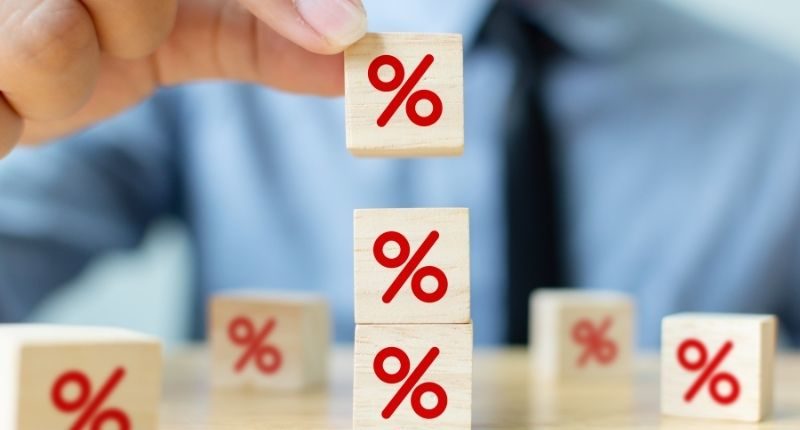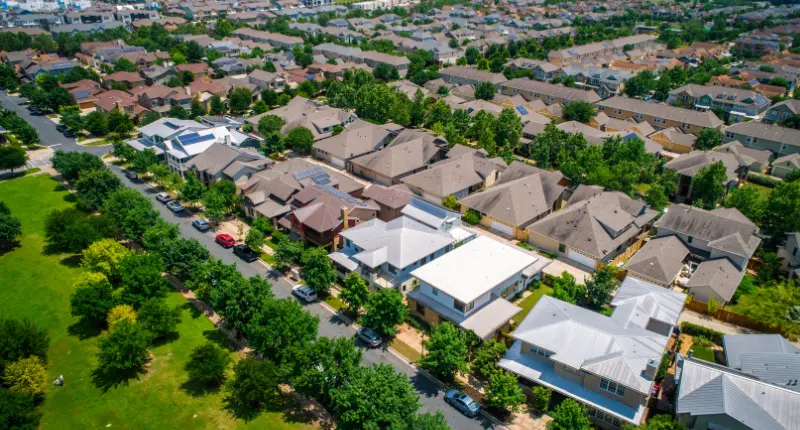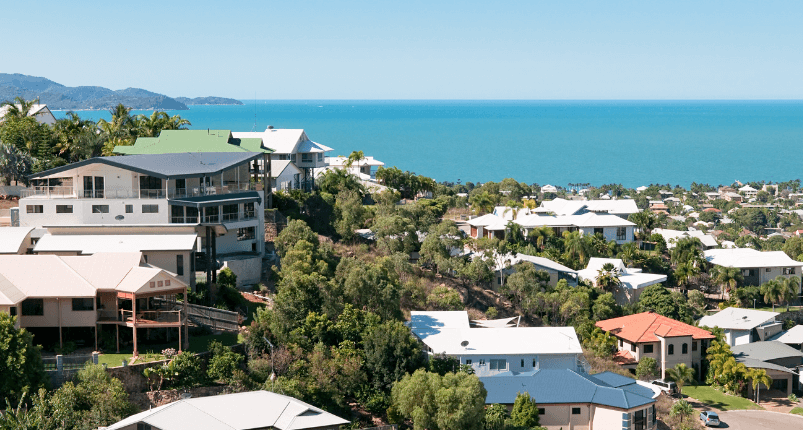- Those with variable loans will see a rise in repayments, impacting returns
- Most commercial leases, especially in higher end, have rent review structures in place
- Could make ongoing shortages worse, says Joseph Rapanaro of SVN
This week the RBA has announced a rise in interest rates – the first since 2010.
The increase will affect lenders and buyers, but it is not all doom and gloom.
As the market might cool down, the rises in prices might stager a little also. WA still has the most affordable prices in residential real estate in Australia, and the increase at the moment is relatively small.
The effects of the rise on the market in the short term are probably low. Mark Bouris of Yellow Brick Road told 9 News that for every 0.5% increase in the rates, a lender could borrow $20,000.00 less.
How does this link to commercial real estate?
Investors who have a variable loan for their commercial investment property will likely see their monthly mortgage repayments increase.
A finance broker might be able to assist with refinancing, but time is of the essence as with interest rates rising, securing a deal with the bank might become more challenging.
New leases or extensions of current leases with market reviews applicable from the option date see sharp increases in Perth. As a result, the rise in mortgage repayments might not be as much as the potential increase in rental income an owner could enjoy.
Stable investment
Commercial property investment is not affected straight away by economic decisions and movements of the market.
Most commercial leases, especially in the higher end, have long term leases with a rent review structure already built into the lease. For example, a lease that started last year might have allowed 3% increases annually regardless of any economic changes since the parties signed last year.

In other words, the lessor will receive his 3% increase, and the tenant can rest assured that the lessor can legally not increase it more because of the announcement unless the lease states otherwise such as allowing for a market or a CPI review.
Inflation of the outgoings
The costs associated with a commercial property can be much higher than a residential home. It is more and more common for renters to be responsible for these costs. As a result, the landlord is not affected by the price increase.
Cost of development
As prices are going up, and as we see in the current market, it is hard to find labour and products, new developments might get delayed or not happen.
In a market with a shortage of industrial property, knowing that it is a challenge to see new competition entering the market could mean that prices will go up further.
As a result, the landlord could enjoy further increases in the rental income.
So, how does the announcement of the interest rate increase affect the sales side of commercial real estate?
Managing Director of SVN Perth, Joseph Rapanaro believes that the variations in forecasts by analysts only add to the uncertainty and fear. A rising yield means investors prefer higher-risk, higher-reward investments. A falling yield suggests the opposite.
“Whilst increases in interest rates have been on the radar for quite some time, the number of increases now being forecast is significantly more than most financial commentators, including those employed by the banks, were forecasting only a few months ago,” said Mr Rapanaro.
“The current forecasts vary significantly among analysts, only adding to the uncertainty and fear. There is little doubt that the yield curve for commercial property has hit its bottom and will start to trend upward over the next year.”
Time will tell what ultimately happens – however, despite uncertainty, it is not doom and gloom for all of those in the commercial real estate sector.









